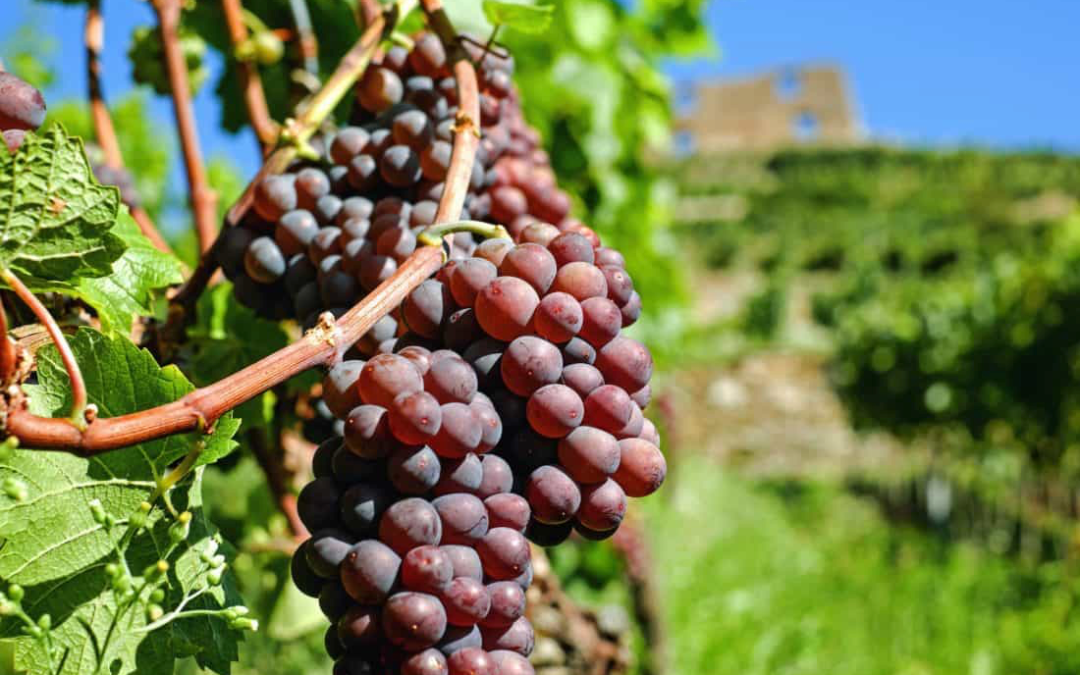Our beautiful island is known for many wonderful traits: the sun, the white sandy beaches, its century-old history and its cuisine. But that’s not all the island has to offer and that is why in this quick guide, we are going to talk about another one of its treasures: Mallorcan wine.
This may be not so popular for many but it is undoubtedly something worth discovering and, most of all, enjoying.
Mallorca may be small in size but it produces some of the best wines in the Mediterranean area. Keep reading and find out more.
Wineries, types, and denominations
Mallorca has more than 70 wineries and more than 500 wine brands. In the last half-century, Mallorcan wines have experienced great growth in their quality and aroused interest around the world.
The island has an ideal climate and geographical location for the production of several different types of grapes, which has made it one of the preferred destinations for wine tourism. Let’s take a look at what Mallorcan wine offers.
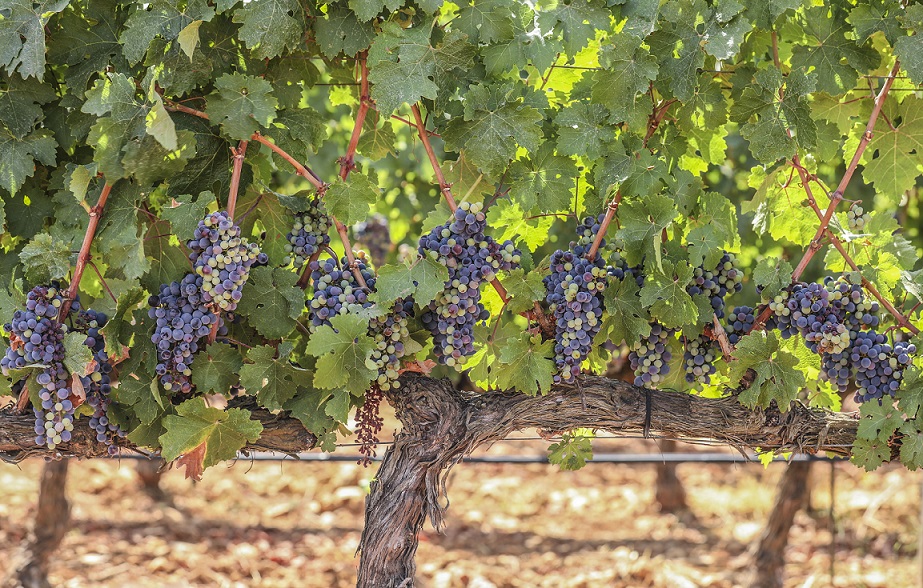
Denominación de origen of Mallorcan wine
In Spain, the seal Denominacion de Origen (designations of origin) is part of a regulatory geographical indication system used mainly for food. For wines, it parallels the hierarchical systems of other countries such as France and Italy.
Mallorca’s two designations of origin are Binissalem and Pla i LLevant, each with its own particularities.
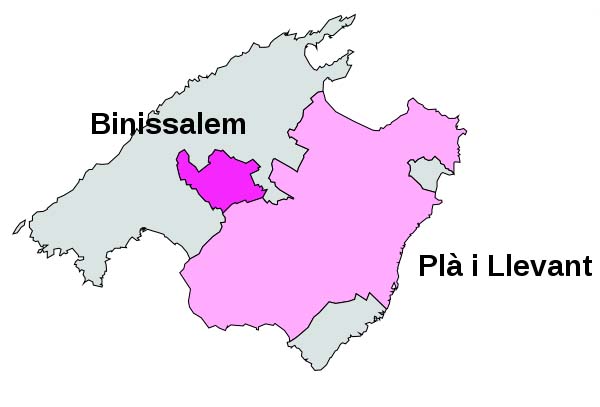
Binissalem
Several localities in the center of Mallorca island have been recognized with this wine appellation of origin since 1990. Using mainly native grape varieties such as Manto Negro, Moll, Callet, Cabernet, or Syrah, famous white, red and sparkling wines are obtained.
Vineyards are cultivated on about 140 hectares of land. The gentle relief, between 75 and 200 meters above sea level, and the Mediterranean climate of the area make it possible to obtain a great wine product.
Some of the most famous brands with this designation are Tianna Negre, Bodegas Biniagual, and Vinos Jose Luis Ferrer.
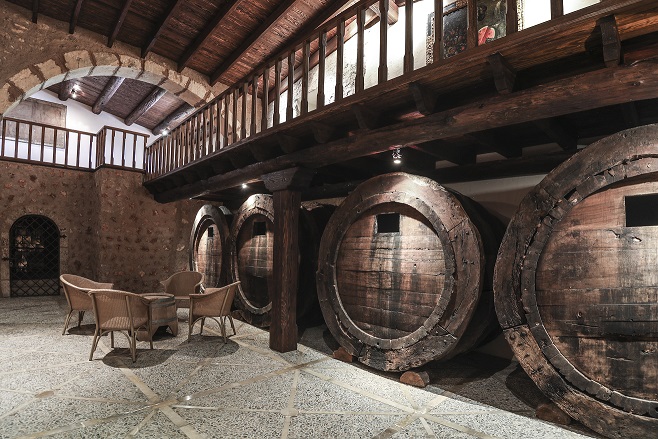
Tianna Negre’s most interesting products are the Tianna Bocchoris Blanc of white press and sauvignon blanc fermented in new French oak barrels.
Bodegas Biniagual has a great variety of Cabernet Sauvignon, Chardonnay, Manto Negro, Syrah, and Muscat of Alexandria wines.
José Luis Roses Ferrer is a legendary winery founded in 1931. The José Luis Ferrer Veritas Reserva with Manto Negro, Callet, and Cabernet Sauvignon is its flagship product.
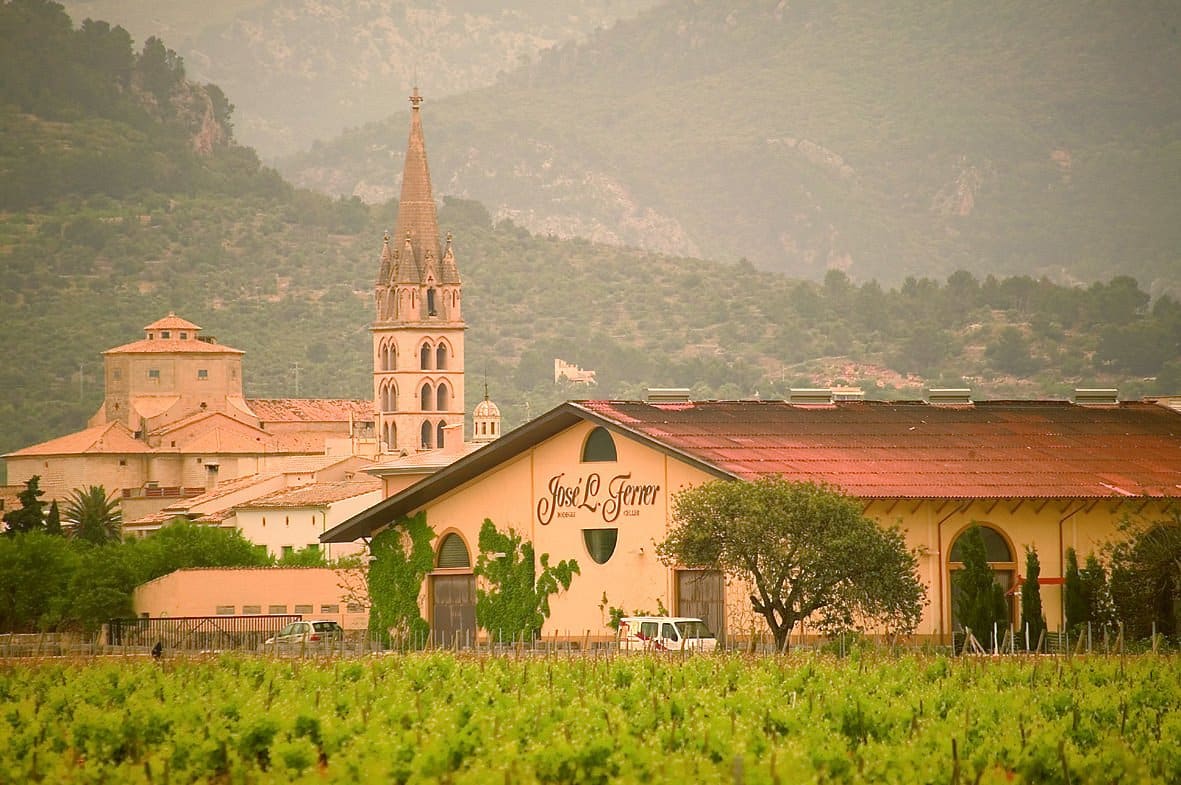
Pla i LLevant
Founded in 1999, this designation of origin extends over 450 hectares of vineyards located in the central and eastern parts of Mallorca. Its production includes red, rosé, white, liqueur, and sparkling wines and uses several grape varieties among which we can find Callet, Manto Negro, Prensal Blanc, and Giró Ros as the main ones.
Many of the municipalities in this appellation have a long winemaking tradition that dates back to the time of Roman domination. The vineyards here are cultivated practically at sea level and its 13 registered wineries produce high-quality wines.
The most famous brands with this designation are Miquel Gelabert, Toni Gelabert, and Miquel Oliver.
Miquel Gelabert offers the Sa Vall Selecció Privada, an expressive white blend of varieties such as giró blanc and viognier.
Toni Gelabert Torre de Canong Blanc is a giró blanc with structure, complexity, and great among the greats.
Miquel Oliver has been in operation since 1912. Among its most emblematic wines is the 1912 Miguel Oliver.
Types of grapes used in Mallorca’s Denominación de Origen
The type of grapes authorized varies according to the different regulatory councils of each designation. In this case, the regulations of the Denominación de Origen (DO) Pla i Llevant and Binissalem allow the following grape varieties for the elaboration of their wines.
White grape
- Chardonnay (DO Pla i Llevant and DO Binissalem)
- Muscat Blanc à Petits Grains (DO Pla i LLevant and DO Binissalem)
- Muscat of Alexandria (DO Pla i LLevant and DO Binissalem)
- Parellada (DO Pla i LLevant and DO Binissalem)
- Riesling (DO Pla i LLevant and DO Binissalem)
- Viognier (DO Pla i LLevant)
- Prensal White or Moll (DO Pla i LLevant and DO Binissalem)
- Giró Ros (DO Pla i LLevant and DO Binissalem)
Red grape
- Cabernet Sauvignon (DO Pla i LLevant and DO Binissalem)
- Merlot (DO Pla i LLevant and DO Binissalem)
- Monastrell (DO Pla i LLevant and DO Binissalem)
- Pinot Noir (DO Pla i LLevant)
- Syrah (DO Pla i LLevant and DO Binissalem)
- Tempranillo (DO Pla i LLevant and DO Binissalem)
- Callet (DO Pla i LLevant and DO Binissalem)
- Mantonegro (DO Pla i LLevant and DO Binissalem)
- Fogoneu (DO Pla i LLevant)
- Gorgollassa (DO Pla i LLevant and DO Binissalem)
- Macabeo (DO Pla i LLevant and DO Binissalem)
Vino de la Tierra (wine from the land)

There is a Spanish geographical indication called Vino de la Tierra which is one step below the mainstream Denominación de Origen indication on the Spanish wine quality ladder.
There are 3 geographical indications for Mallorcan wine Vino de la Tierra de Mallorca, Vino de la Tierra Serra de Tramuntana-Costa Nord and Vino de la Tierra Illes Balears.
There also are 3 geographical indicators distributed on the other island of the archipelago, Vino de la Tierra Ibiza, Vino de la Tierra Formentera, and Vino de la Tierra Menorca.
Vino de la Tierra Mallorca
For this variety they use only grapes produced in Mallorca, red wines with a powerful aroma and rich in tannins are obtained. The whites have fruity or floral aromas, and the rosés are bright and transparent.
Vino de la Tierra Serra de Tramuntana-Costa Nord
It comes from the northwest region of Mallorca, where vines are grown on terraces by the sea. Dry white wine is the most representative of the area, but there are also red wines of intense color made with Cabernet, Sauvignon, or Merlot.
Vino de la tierra Illes Balears
This geographical indication includes 2003 wines produced entirely in the territory of the Balearic archipelago. Both white varieties (Chardonnay, Viognier, or Parellada) and reds (Fogoneu, Tempranillo, or Pinot Noir, among others) are grown here.
Vino de la Tierra Ibiza
Vineyards of different varieties are cultivated in the island’s mountains that do not exceed 500 meters of altitude. Among its high-quality red and white wines, Tótem, Can Rich, or Can Maymó stand out.
Vino de la Tierra Formentera
Viticulture is one of the main agricultural activities of Formentera. The main variety grown on the island is Monastrell, but also others such as Tempranillo, Malvasía, or Chardonnay.
Vino de la Tierra Menorca
On the island, high-quality wines are produced, thanks to the use of traditional cultivation practices and limited planting density. The Merlot and Cabernet Sauvignon red wines stand out, as well as the Malvasia single-varietal whites.
Cooking class with Mallorcan Wine in the heart of Palma
In our cooking class, you will be able to taste and buy Mallorcan wine. Would you like to be our guest? Book your place here!

